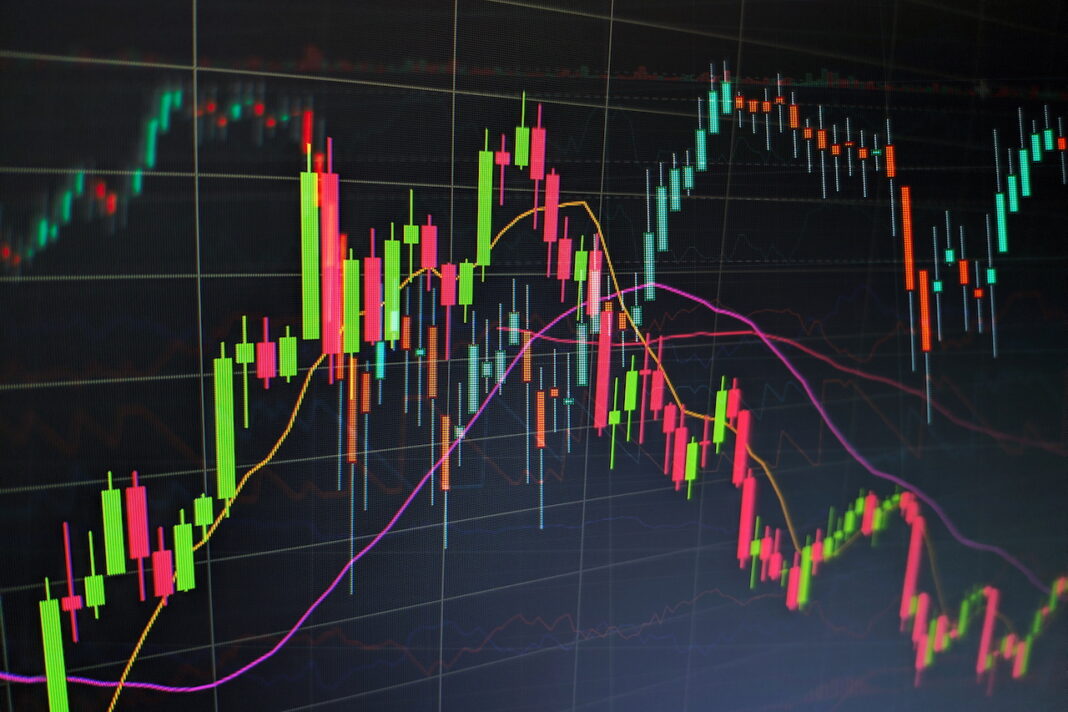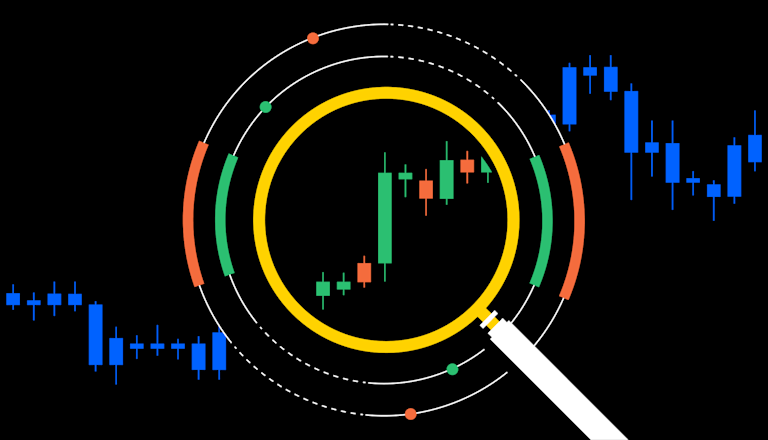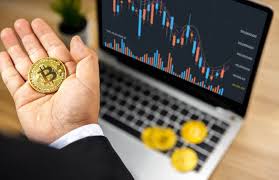Understanding the Mechanics What is Spot Trading in Financial Markets

What is Spot Trading in Financial Markets?
Spot trading is a fundamental concept in financial markets, representing the immediate purchase or sale of a financial instrument. It is characterized by the settlement of transactions «on the spot,» where buyers and sellers exchange assets at the current market price. To explore similar platforms and services, you can visit what is spot trading in crypto https://www.sitelike.org/similar/nidux.com/.
The term «spot» refers to the current market price of an asset, meaning that transactions occur at the prevailing rate at the time of exchange, unlike futures or options trading, where delivery and payment happen at a later date. This immediacy differentiates spot trading from other forms of trading and contributes significantly to liquidity in various financial markets, including stocks, commodities, currencies, and cryptocurrencies.
How Spot Trading Works
In spot trading, both parties involved agree to buy and sell an asset at the quoting price, which is determined by the supply and demand dynamics at that moment. The settlement usually occurs within two business days, but for certain products like stocks, it can be instantaneous. The process involves the following steps:
- Market Order: A trader places a market order to buy or sell an asset at the current market price.
- Execution: The order is matched with another trader’s order, initiating a transaction.
- Settlement: The transfer of assets and payment occurs almost immediately.
Benefits of Spot Trading
Spot trading offers several advantages to traders and investors. Some of the key benefits include:

- Immediate Execution: Unlike futures or options trading, spot transactions are executed instantly, which is crucial for traders looking to capitalize on rapid market movements.
- Simplicity: The straightforward nature of spot trading makes it accessible to new traders who may find more complex strategies intimidating.
- Transparency: Spot markets typically offer greater price transparency as they reflect the current value of the asset based on real-time supply and demand.
- Cost Efficiency: With fewer intermediaries and more flexible trading options, spot trading often incurs lower transaction costs.
Spot Trading vs. Other Trading Strategies
To better understand spot trading, it is essential to compare it with other trading strategies, primarily futures and options trading. Here’s how they differ:
- Futures Trading: This involves an agreement to buy or sell an asset at a predetermined price at a set future date. Traders often use futures for hedging and speculation over longer periods.
- Options Trading: Options give traders the right, but not the obligation, to purchase or sell an asset at a predetermined price within a specific timeframe. Options provide more strategic flexibility than spot trading.
Examples of Spot Trading
Spot trading can occur in various markets, including:
1. Currency Markets (Forex)
In the forex market, spot trading involves the exchange of one currency for another at the current exchange rate. For example, if a trader buys USD/EUR at a certain rate, the transaction settles immediately, and the currencies are exchanged at that rate.

2. Commodity Markets
Spot trading is also prevalent in commodity markets. For instance, if an investor decides to buy gold at the current spot price, the transaction is executed instantly, and they acquire the commodity right away.
3. Stock Markets
In stock markets, if an investor places an order to buy shares of a company at the current market price, the trade is executed immediately, providing ownership of the shares at that price.
Risks Associated with Spot Trading
Despite its advantages, spot trading is not without risks. Price fluctuations can occur rapidly, leading to potential financial loss. Additionally:
- Market Volatility: Prices can change drastically within short periods due to economic news, geopolitical events, or changes in market sentiment.
- Liquidity Risk: In some markets, finding a buyer or seller for certain assets may take longer, especially during periods of low trading activity.
- Counterparty Risk: There’s always a risk that the other party might default on the trade, especially in decentralized markets.
Conclusion
Spot trading represents a vital component of financial markets, offering a straightforward approach to buying and selling assets at the market price. Its immediate execution and simplicity appeal to both novice and seasoned traders, while its distinctions from futures and options trading provide a comprehensive understanding of market dynamics. By recognizing the benefits and risks associated with spot trading, investors can make informed decisions that align with their financial objectives. As you engage in spot trading, it’s essential to stay informed about market conditions, trends, and other factors that may impact asset prices to effectively navigate this dynamic landscape.
















